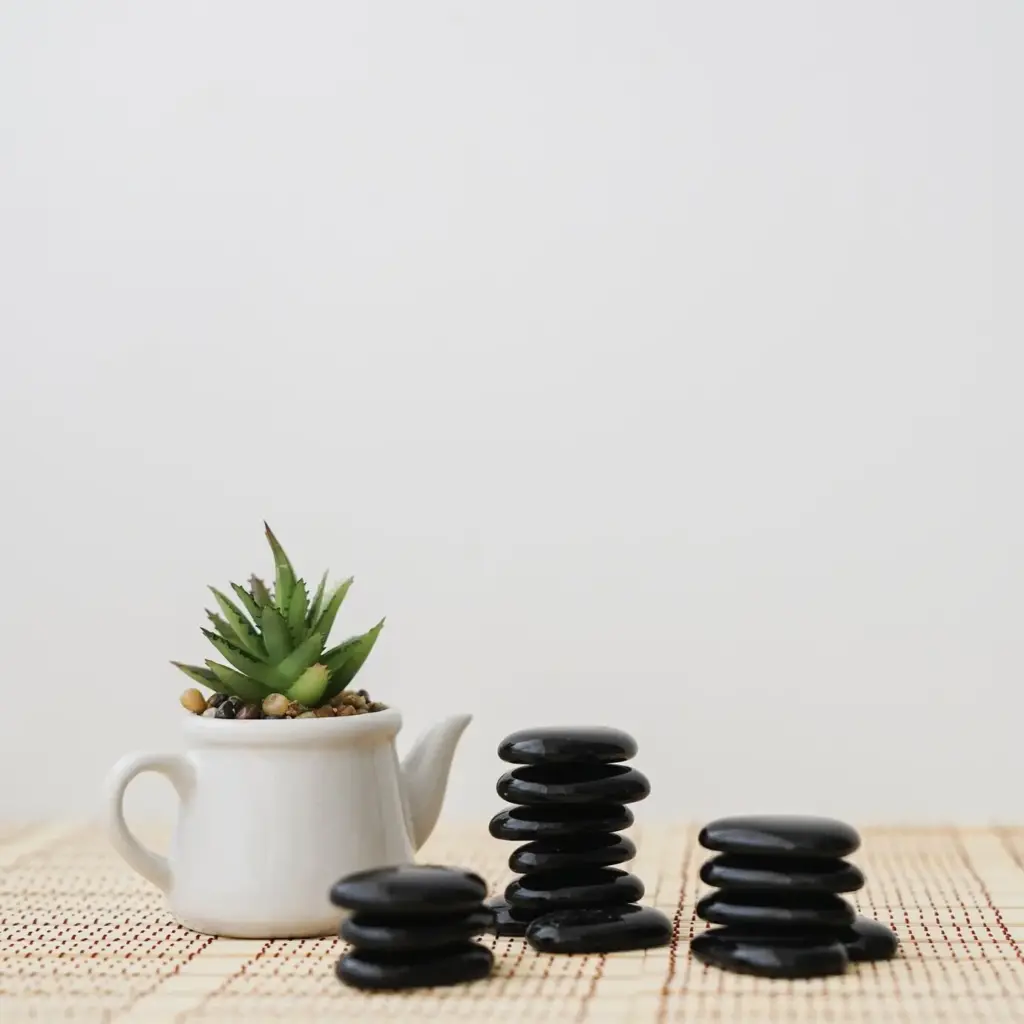Breathe Steadier: Practical Calm for Anxious Moments
The Vagus Nerve, Exhales, and Heart Rhythm
CO2 Tolerance and the Panic Loop
Nasal Breathing, Nitric Oxide, and Focus
Foundations: Posture, Pace, and Safety
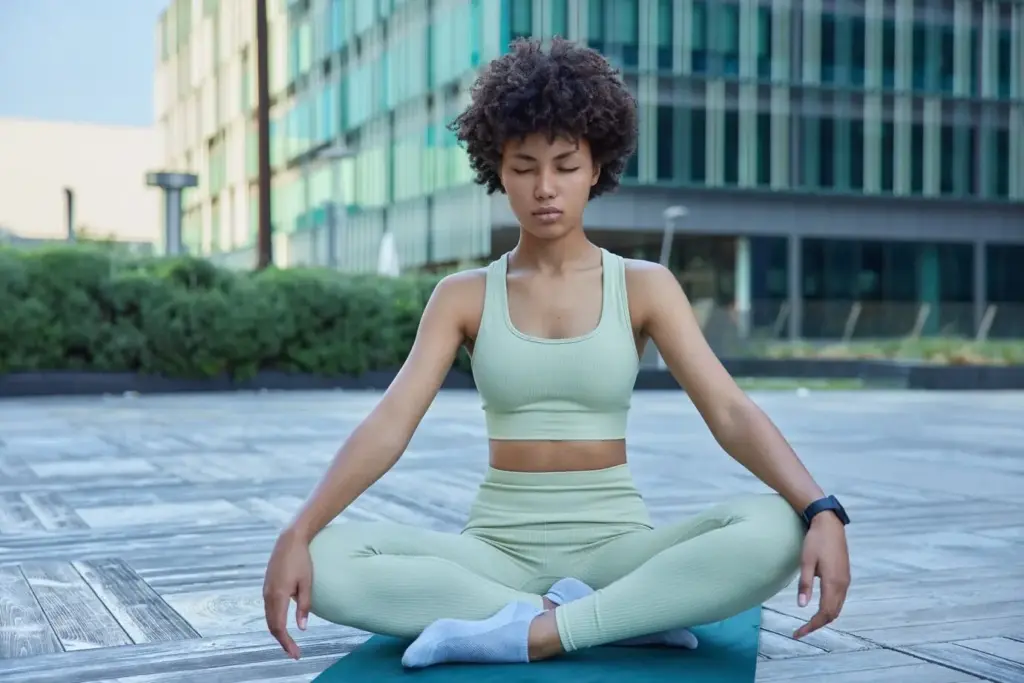

A Supportive Seat
Sit on a firm cushion or chair edge so your pelvis tilts slightly forward, allowing the spine to lengthen without rigidity. Place feet flat, knees roughly hip-width, jaw soft, gaze gentle. Reach broadness through the collarbones instead of lifting the chin. This balanced stack creates space for the diaphragm to descend easily, reduces neck effort, and prevents collapsed ribs that can invite anxious, shallow breaths. Comfort allows attention to remain steady and curious.
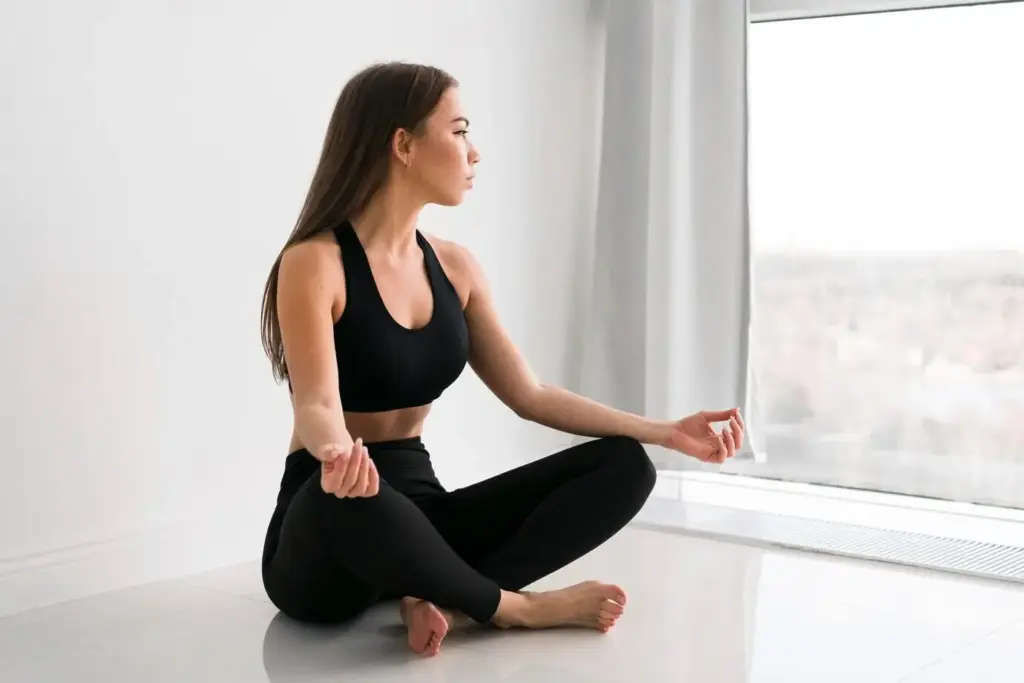
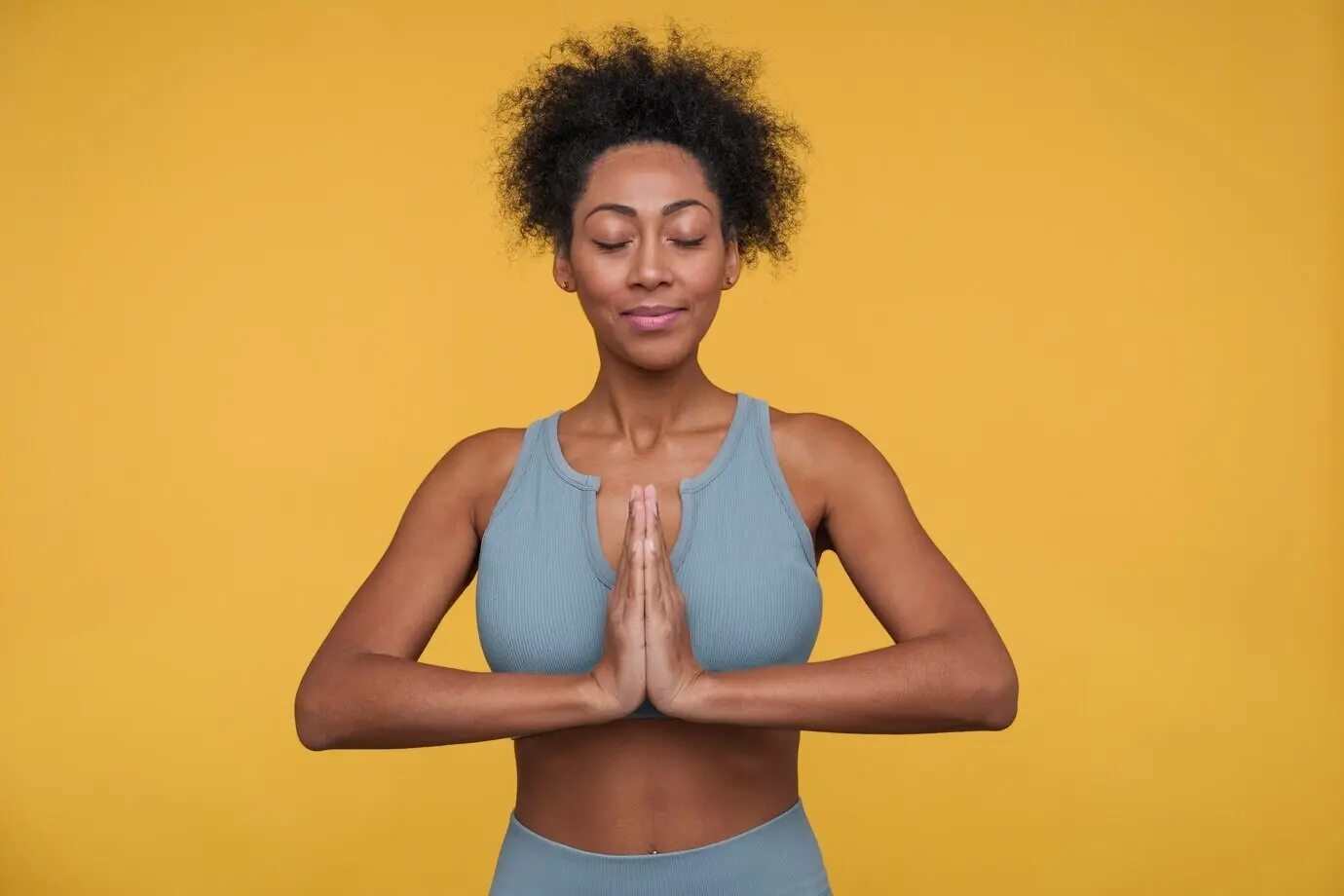
Gentle Ratios, No Strain
Favor ratios you can relax into rather than conquer. Many find six-second inhales and eight-second exhales soothing, though four-six can be equally kind. Keep the throat unforced, belly soft, and ribs elastic. If numbers create pressure, count heartbeats or trace a finger along the palm. The priority is smoothness, not perfection. By protecting ease, you send reliable safety cues to your nervous system, allowing calm to accumulate through repetition instead of strain.
Extended Exhale: A Quieting Practice

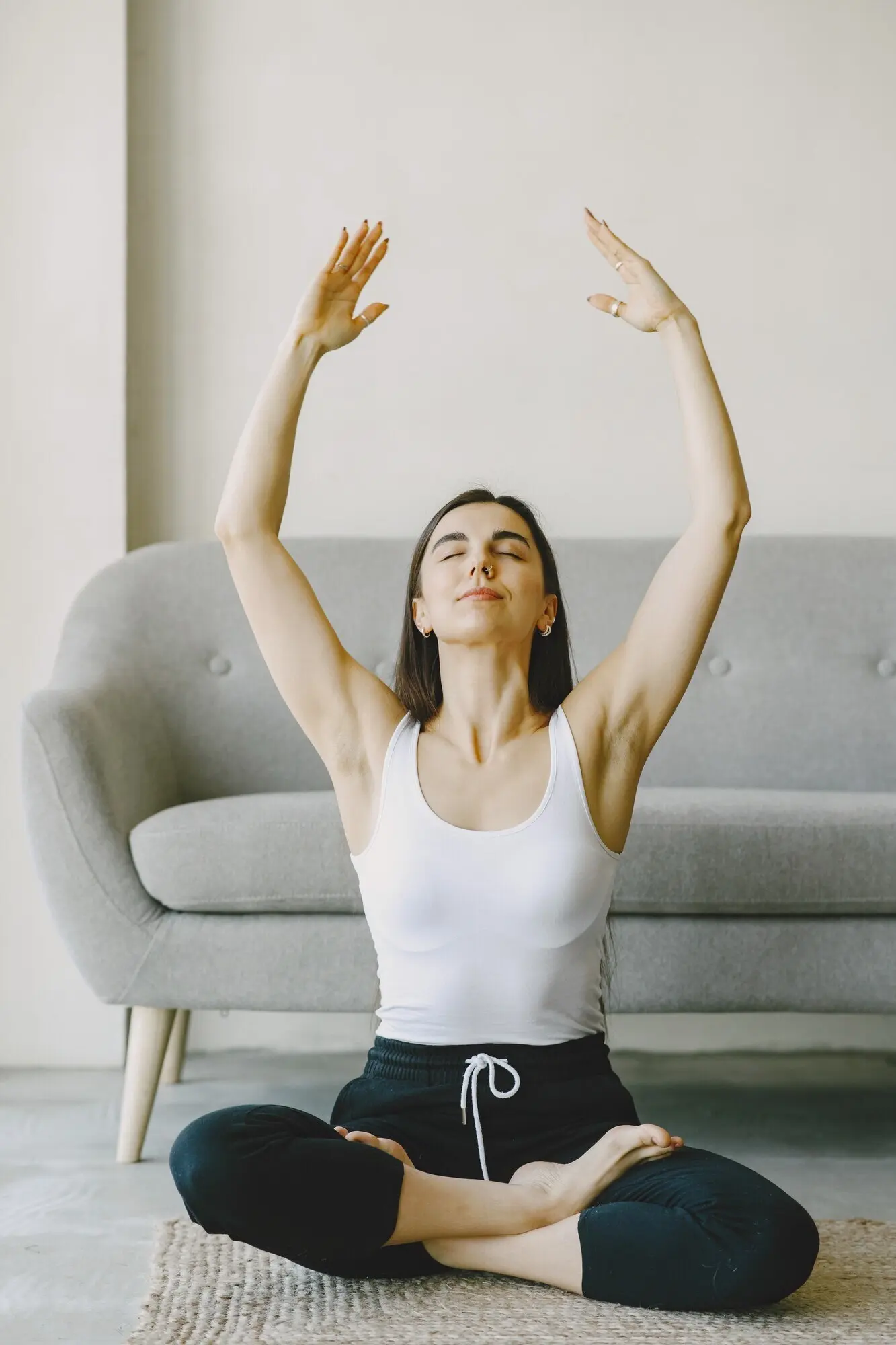
Step-by-Step Practice
Set a timer for three minutes. Inhale quietly through your nose for four counts, then exhale for six to eight without strain. Keep shoulders heavy and jaw spacious. If counting feels fussy, whisper a calming phrase through the exhale’s length. After a minute, check sensations in chest, throat, and belly. If ease is growing, continue; if agitation rises, shorten counts. Finishing gently prevents rebound tension and builds trust for the next session.


Why It Works
Longer out-breaths stimulate pulmonary stretch receptors and influence the baroreflex, tipping balance toward parasympathetic recovery. Meanwhile, slower rates elevate heart rate variability, a marker linked with emotional regulation and resilience. The subjective experience is warm, grounded presence rather than pressure to perform. By choosing an exhale-focused rhythm, you recruit the body’s own braking system, protecting mental clarity while dissolving the edgy urgency that often accompanies worry and restless overthinking during challenging situations.
Classical Pranayama, Gentle Adaptations
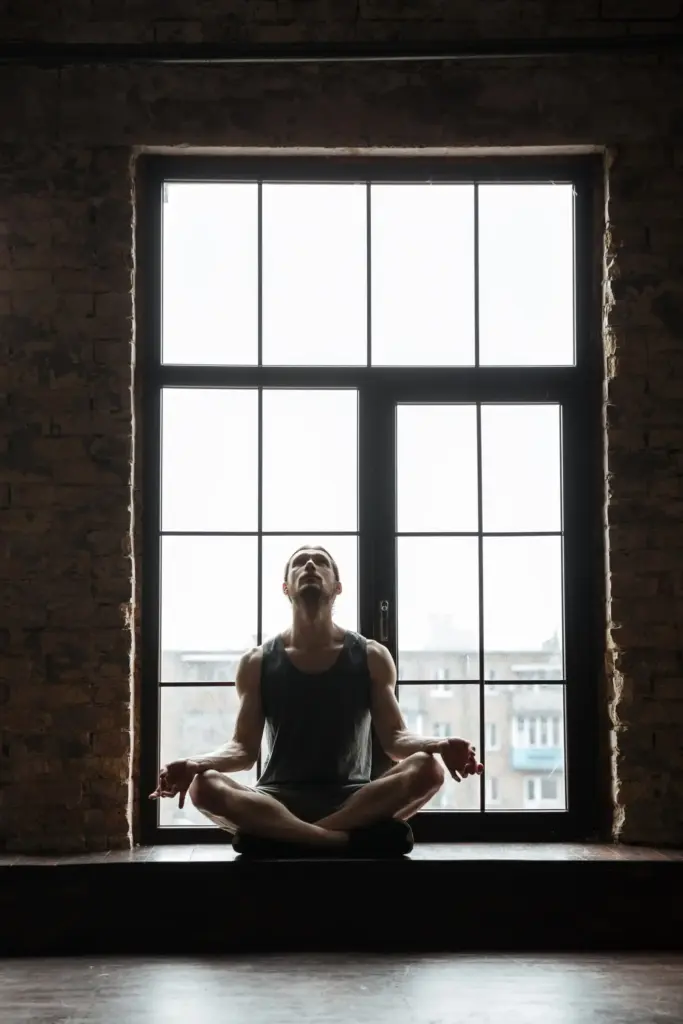





From Panic to Presence: Real Moments


Grow Your Practice and Share
All Rights Reserved.

